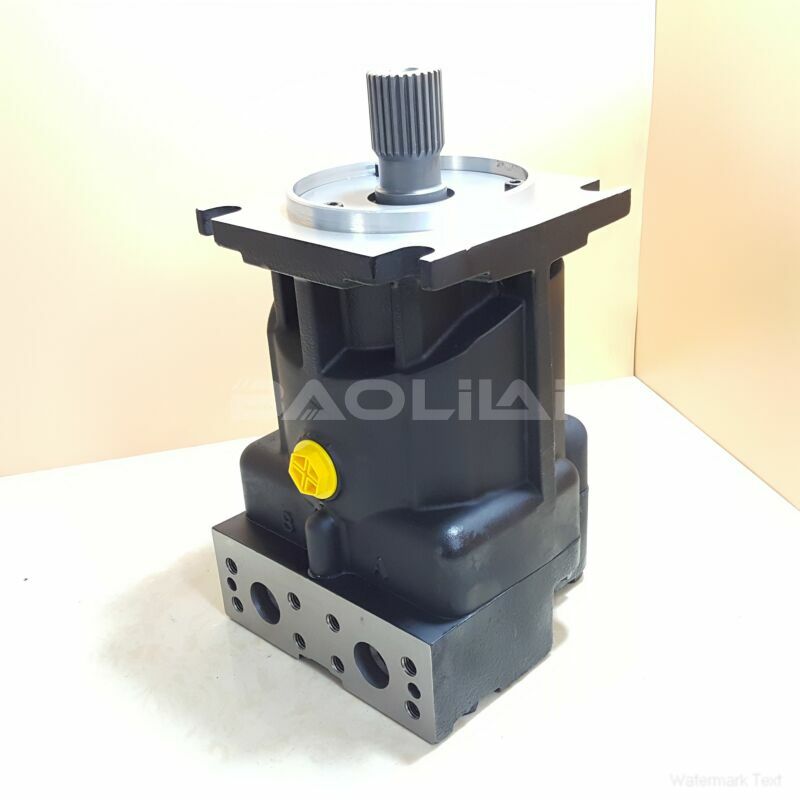90M055NC0N8N0C6W00EFA0000E6 sauer danfoss motor
90M055NC0N8N0C6W00EFA0000E6 sauer danfoss motor

- Product Details
- Applicable Scene
The evolution of piston engines in classic motorcycles represents a fascinating chapter in the history of automotive engineering. From the humblest beginnings of the late 19th century to the iconic machines of the mid-20th century, these engines have played a pivotal role in shaping the motorcycle landscape we know today.
90-M-055-NC-0-N-8-N-0-C6-W-00-EFA-00-00-E6
90M055NC0N8N0C6W00EFA0000E6
The journey commenced in the late 1800s when pioneers like Gottlieb Daimler and Wilhelm Maybach developed the first internal combustion engines. Their groundbreaking work laid the foundation for future motorcycle designs. In 1885, Daimler created the “Reitwagen,” which is often regarded as the first true motorcycle. This machine employed a single-cylinder, four-stroke piston engine, exemplifying the nascent technology’s potential.

80004867
In the early 20th century, the motorcycle industry flourished, primarily due to advancements in piston engine technology. Manufacturers like Indian and Harley-Davidson emerged, introducing larger displacement engines and refining design aspects. The V-twin engine configuration became a defining characteristic of American motorcycles, offering more power and a distinctive sound that enthusiasts still cherish today.
World War I saw an increase in the production and use of motorcycles, with military needs driving innovation. Lightweight, reliable engines became crucial for communication and transport. The introduction of electric starters and better ignition systems improved the user experience and paved the way for more intuitive designs in the years to come.
The 1920s and 1930s marked a golden age for classic motorcycles, as manufacturers began to experiment with various configurations and technologies. Brands like BMW introduced sophisticated engineering, including the iconic Boxer flat-twin engine. These advancements provided not only superior performance but also enhanced fuel efficiency, marking a significant progression in motorcycle engineering.





